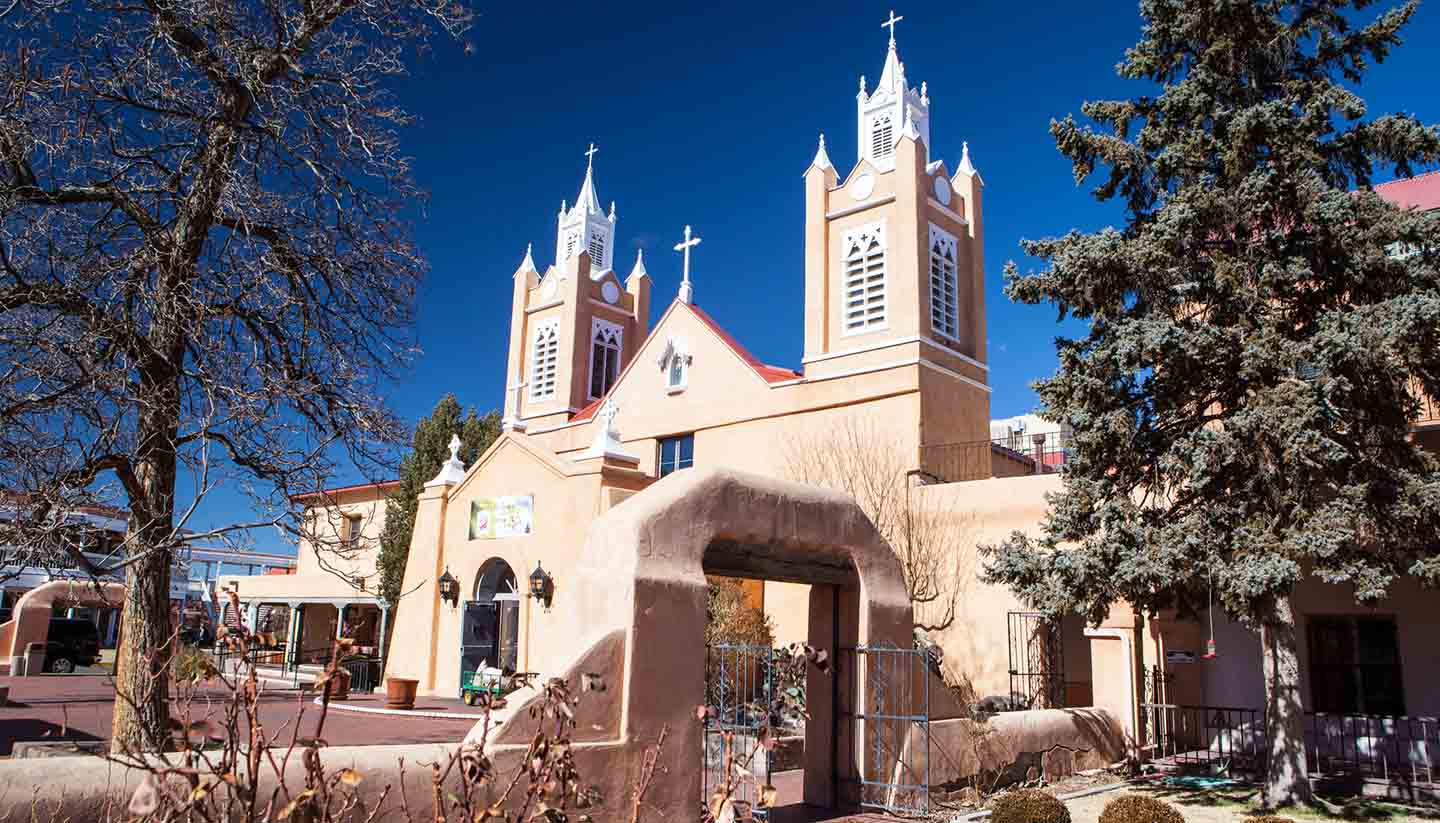New Mexico History, Language and Culture
History of New Mexico
The land now known as New Mexico was originally occupied by members of the Clovis cultures of Paleo-Indians and Mongolian Indians, as well as American Indians. By the 16th century there were also Navajo, Ute and Apache, who had settled together.
The first explorer that set out to find the land was Francisco Vazquez de Coronado. An enormous expedition was assembled at Compostela in 1540-1542 to find the magical cities of gold as described by Fray Marcos de Niza as the mystical ‘Seven gold cities of Cibola.’ It was widely believed, among explorers at the time, that New Mexico was filled with gold. Coronado was unsuccessful in his quest to discover the land and was unable to find any gold.
The name New Mexico was decided upon by Juan De Onate when he was appointed first governor of the province of New Mexico in 1598. In the same year he founded the San Juan de los Caballeros colony, the first permanent European settlement in New Mexico.
Once appointed, governor Onate extended the road from his remote colony to Santa Barbra Chihuahua. This road was 1130km (700 miles) long and named El Camino de Real Tierra Adentro (The Royal Road of the Interior).
From 1680 to 1692 as a result of an uprising by the Pueblo people the settlement was abandoned by the Spanish. The uprising had been led by Pueblo leader Popé and the area was restored to Spanish rule after his death. Once resettled, the Spanish settlers founded Albuquerque and set out to develop it as a trade centre.
Following the Mexican war of Independence in 1820 the claims for the province of New Mexico passed to Mexico. New Mexico was separated from Texas by the Comanche and its only attempt was the failed Texas Santa Fe expedition. The extreme northeastern part of New Mexico was originally ruled by France but was sold to the United States as part of the Louisiana Purchase in 1803. The Spanish population had reached 25,000 by the 19th century but Comanche and Apache raids on Hispanic settlers in the region were common until much later.
The New Mexico territory on September 9th 1850 was established to recognise the settlement of New Mexico which today includes Arizona and parts of Colorado. In the Gadsden Purchase of 1853 the US acquired the heel of southwestern Arizona below the Gila River for the construction of a transcontinental railroad. Congress admitted New Mexico as the 47th state in the union on January 6th 1912.
New Mexico Culture
Religion in New Mexico
The majority of New Mexico residents identify themselves as Roman Catholic, followed by Southern Baptist, Mormon and Methodist. Nicknamed the “Land of Enchantment,” New Mexico possesses a spiritual significance to some communities due to the beauty of its terrain. The Valley of the Shining Stone, for instance, draws in religious groups such as Roman Catholics, Muslims and Buddhists.
Social Conventions in New Mexico
New Mexico has the highest proportion of Hispanic population in the US at 43.6%, according the latest government census data in 2010. Thus, many social conventions in the state follow those practised in Hispanic and Spanish-speaking communities. Spanish speakers address others with formality and tend to start off a greeting with a firm handshake. It is common for some men or women to be addressed by the titles “Don” or “Dona,” signifying respect. Affection is shown in the forms of a kiss on the cheek or a hug to close family and friends. Punctuality may have less emphasis within the Hispanic community. However, it is important to attend a social gathering or event in formal attire.
Language in New Mexico
There is no official language for the state of New Mexico; the majority of the speakers living in the state speak Spanish, whereas the law does not permit Spanish in the legislature, and thus cannot be considered a bilingual state. However, Spanish is recognised and public education can be delivered in either Spanish or English. The main languages spoken in the region include Spanish, English and Navajo.
There is also a new range of speakers who speak a new dialect of New Mexican Spanish and are believed to be decedents of Spanish colonists from the 16th, 17th and 18th centuries.


